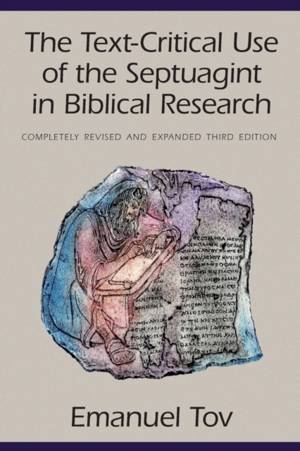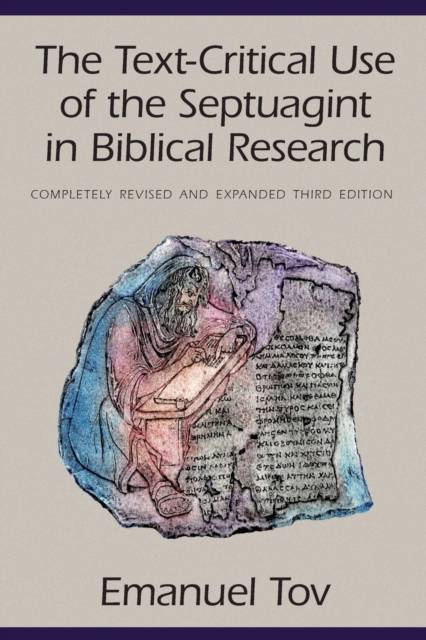
- Afhalen na 1 uur in een winkel met voorraad
- Gratis thuislevering in België vanaf € 30
- Ruim aanbod met 7 miljoen producten
- Afhalen na 1 uur in een winkel met voorraad
- Gratis thuislevering in België vanaf € 30
- Ruim aanbod met 7 miljoen producten
Omschrijving
This handbook provides a practical guide for the student and scholar alike who wishes to use the Septuagint (LXX) in the text-critical analysis of the Hebrew Bible. It does not serve as another theoretical introduction to the LXX, but it provides all the practical background information needed for the integration of the LXX in biblical studies. The LXX, together with the Masoretic Text and several Qumran scrolls, remains the most significant source of information for the study of ancient Scripture, but it is written in Greek, and many technical details need to be taken into consideration when using this tool. Therefore, a practical handbook such as this is needed for the integration of the Greek translation in the study of the Hebrew Bible.
The Text-Critical Use of the Septuagint in Biblical Research is based on much background information, intuition and experience, clear thinking, and a solid description of the procedures followed. The author presents his handbook after half a century of study of the Septuagint, four decades of specialized teaching experience, and involvement in several research projects focusing on the relation between the Hebrew and Greek Bibles.
The first two editions of this handbook, published by Simor of Jerusalem (Jerusalem Biblical Studies 3 [1981] and 8 [1997]), received much praise but have been out of print for a considerable period. This, the third, edition presents a completely revised version of the previous editions based on the many developments that took place in the analysis of the Septuagint, the Hebrew Bible and the Qumran Scrolls. Much new information has also been added.
Eisenbrauns has been involved in the marketing of the previous two editions and is proud to offer now its own completely novel edition. A must for students of the Hebrew Bible, textual criticism, the Septuagint and the other ancient translations, Dead Sea Scrolls, and Jewish Hellenism.
Specificaties
Betrokkenen
- Auteur(s):
- Uitgeverij:
Inhoud
- Aantal bladzijden:
- 278
- Taal:
- Engels
Eigenschappen
- Productcode (EAN):
- 9781575063287
- Verschijningsdatum:
- 20/06/2015
- Uitvoering:
- Paperback
- Formaat:
- Trade paperback (VS)
- Afmetingen:
- 152 mm x 229 mm
- Gewicht:
- 385 g

Alleen bij Standaard Boekhandel
Beoordelingen
We publiceren alleen reviews die voldoen aan de voorwaarden voor reviews. Bekijk onze voorwaarden voor reviews.











